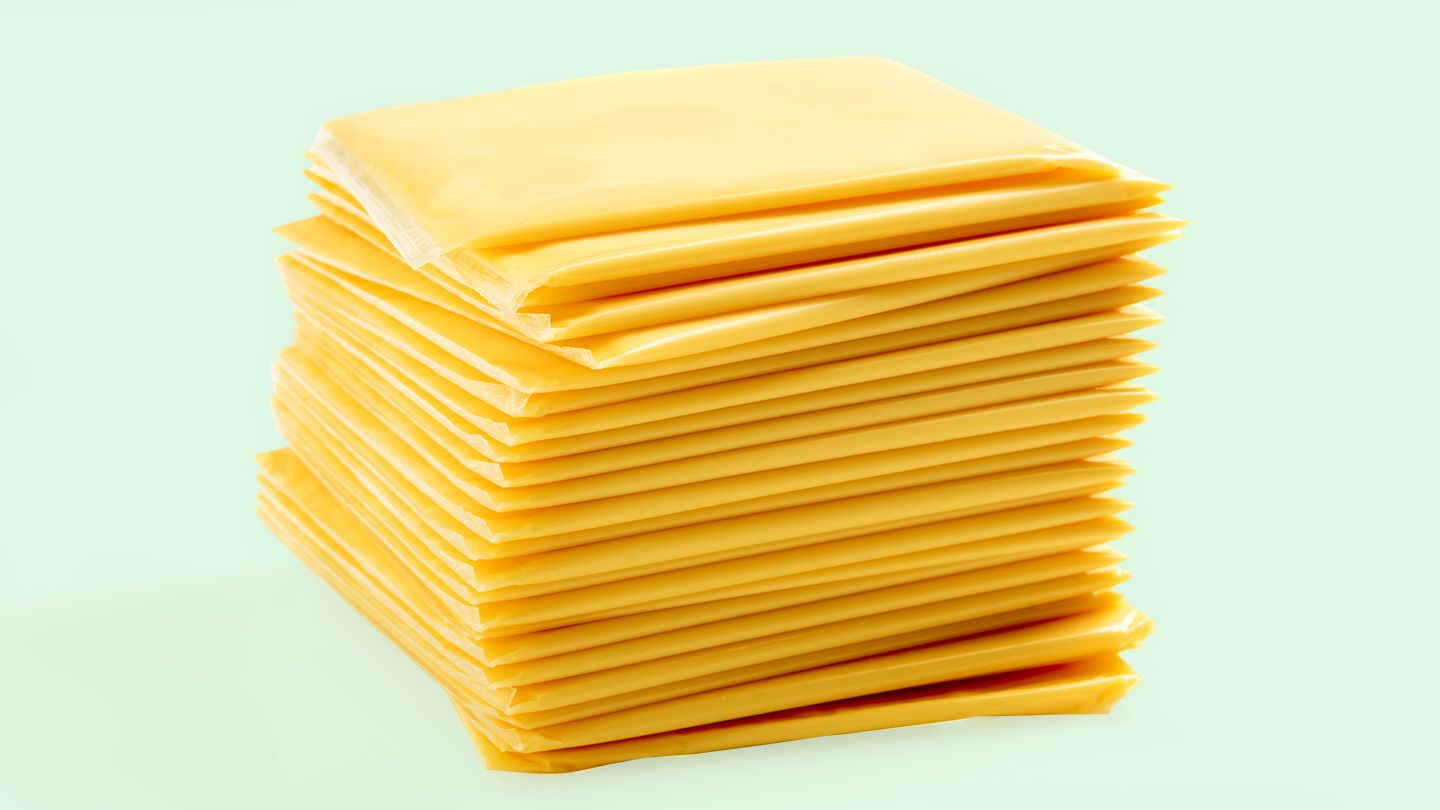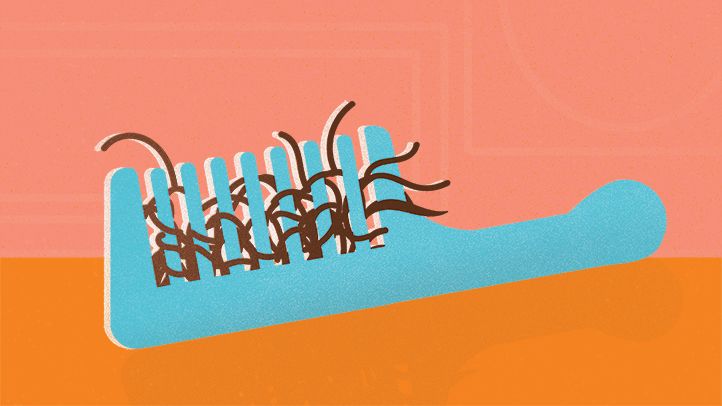An In-Depth Look at Carbs in Cheddar Cheese
Cheddar cheese is one of the most popular cheese varieties worldwide. Its distinct flavor and versatility make it a staple ingredient in many dishes and recipes. But when following a low-carb or ketogenic diet, many people wonder just how many carbs are actually in cheddar cheese.
This article will take an in-depth look at the carb content of cheddar cheese. We'll examine the factors that affect the carbohydrate amount, compare different types and ages of cheddar, and provide tips for choosing the best options when limiting carbs.
Carbohydrate Content of Cheddar Cheese
The amount of carbohydrates in cheddar cheese can vary considerably depending on several factors:
- Type of milk used
- Age and sharpness
- Whether it's regular versus reduced-fat
- Added ingredients like cream or vegetable rennet
On average, a 1-ounce (28 gram) serving of regular cheddar cheese contains about 0.4 grams of carbs. Of these carbs, about 0.20.3 grams come from protein, while the rest are from milk sugars (lactose).
By comparison, the same amount of reduced-fat or low-fat cheddar cheese contains around 0.7 grams of carbs. The increased carb count comes mostly from added milk solids to improve consistency after fat removal.
Factors That Affect Carb Amount
Type of Milk
Traditional cheddar is made from cow's milk. But goat's and sheep's milk versions also exist, with slightly different nutrition profiles.
Goat cheddar contains around 0.3 grams of carbs per ounce (28 grams), while sheep cheddar provides about 0.4 grams. Cow's milk cheddar is in the middle with 0.4 grams as well.
The protein content and lactose levels of these milks can vary, accounting for the small differences in carb amounts.
Age and Sharpness
As cheddar cheese ages, it develops a sharper flavor. During this process, lactose continues to convert to lactic acid. Aged, sharp cheddar has less lactose than milder varieties.
One study found that mild cheddar contained 4.5% lactose, while medium cheddar had 3.6% and sharp cheddar 2.6% (1).
Another analysis showed that mild cheddar had around 0.7 grams of carbs per ounce, compared to 0.4 grams in sharper, aged cheddar (2).
Fat Content
To make reduced-fat or low-fat cheddar, extra milk solids are added during processing. This gives it a similar texture and flavor as full-fat versions.
However, the added milk solids also increase the lactose content. As a result, reduced-fat cheddar contains up to 50% more carbs than regular full-fat cheddar (3).
Added Ingredients
Some cheddar cheeses have additional ingredients added, like cream, vegetable-based rennet or flavorings.
Cream can add a rich flavor and smooth texture. But it also contributes extra carbs and lactose. Cheddar cheese curdled with vegetable-based rennet may also be higher in carbs than traditional animal rennet.
Spiced and flavored cheddars should be checked closely too, as starch, sugars or other higher-carb ingredients may be mixed in.
Comparing Different Types of Cheddar
Heres how some common types of cheddar cheese compare:
Regular Cheddar
Regular cheddar cheese is the most frequently consumed type of cheddar. It provides about 0.4 grams of carbs and 75 calories per 1-ounce (28 gram) serving.
Reduced-Fat Cheddar
With around 0.7 grams of carbs and 60 calories per ounce, reduced-fat cheddar contains more carbs but fewer calories than regular cheddar.
Sharp Cheddar
Aged for 924 months to develop a sharp taste, this type is lower in lactose and carbs, with only 0.20.3 grams per ounce.
White Cheddar
White cheddar is made from regular cheddar that is treated to remove the annatto coloring that gives it a yellow-orange hue. It has a mild flavor with about 0.5 grams of carbs per ounce.
Goat Cheddar
This variety is made from goat's milk. It has a distinct tangy flavor and creamy texture, with around 0.3 grams of carbs and 75 calories per ounce.
Sheep Cheddar
Sheep cheddar is more rare than goat cheddar but just as delicious. Expect approximately 0.4 grams of carbs and 80 calories an ounce.
Low-Carb Cheddar Cheese
Some companies now produce cheddar cheese especially for low-carb and keto diets. These are artificially aged to be lower in lactose but can taste fairly similar to traditionally aged cheddar.
Tips for Choosing Low-Carb Cheddar Cheese
Here are some tips to pick the best cheddar cheese for a low-carb, keto or diabetic diet:
- Choose full-fat, regular cheddar instead of reduced or low-fat varieties.
- Opt for sharper, aged cheddar which is lower in lactose.
- Stick to plain cheddar without added cream or flavorings.
- Compare brands and select one that's clearly marked as low-carb or low-lactose if possible.
- Aim for 12 ounce portion sizes to keep carbs low.
Health Benefits of Cheddar Cheese
Despite containing a small amount of carbs, cheddar cheese can still be included as part of a healthy low-carb eating pattern.
It provides high-quality protein for only 7580 calories per ounce. And full-fat cheddar is rich in important vitamins and minerals like:
- Calcium: for strong bones and teeth
- Phosphorus: supports bone mineralization
- Vitamin A: for healthy vision and cell growth
- Vitamin B12: aids brain and nerve function
- Zinc: boosts immunity and wound healing
Some research also suggests that full-fat dairy foods like cheese may protect against heart disease and type 2 diabetes (4).
Just be sure to pair cheddar with non-starchy vegetables or high-fiber foods to help slow digestion and blood sugar spikes.
Using Cheddar Cheese in Low-Carb Recipes
Cheddar cheese works wonderfully in all types of low-carb recipes:
- Omelets or scrambled eggs
- Cheese crisps
- Chili
- Taco salad
- Cheese souffle
- Cauliflower cheese bake
- Cheese and vegetable skillet
For breakfast, a veggie omelet with cheddar is perfect. Make crispy cheese chips as a snack by baking shredded cheddar until golden brown.
Use shredded cheddar on top of low-carb Tex-Mex dishes like taco salad or chili. And cauliflower cheese bake makes a satisfying comfort food.
Just watch portion sizes, as even low-carb foods add up. About 12 ounces of cheese per serving is a good target to aim for.
Is Cheddar Cheese Keto-Friendly?
Cheddar cheese is certainly keto-friendly in moderate amounts. The high fat, low carb nutrition profile makes it a staple for many ketogenic diets.
However, calories still need to be considered. Cheese is energy dense and easy to overeat. Limit to 12 ounce portions to keep macros on track.
Opt for full-fat regular cheddar rather than low-fat versions to keep carb intake lowest. And choose aged, sharper cheddar when possible since it's lower in carbs and lactose.
Pair cheddar cheese with non-starchy vegetables like spinach, broccoli and zucchini to help regulate blood sugar levels. This takes advantage of cheese's ability to deliver satiety and satisfy cravings.
As long as you watch your portions and don't go overboard, cheddar cheese can be included as part of a healthy ketogenic diet.
The Bottom Line
Cheddar cheese contains only about 0.4 grams of digestible carbs per ounce. This makes it easy to incorporate into low-carb, keto and diabetic diets.
Full-fat regular cheddar is the best option, rather than reduced-fat varieties. And sharp aged cheddar has slightly less carbs than mild cheddar.
For the lowest carb cheddar, compare brands and select one that is specifically marked as low-carb or low-lactose if possible. Limit to 1-2 ounce portions and pair with non-starchy vegetables to help manage your blood sugar response.
At the end of the day, cheddar is one of the most delicious and versatile low-carb cheeses. Monitoring your portions allows you to take advantage of its many health benefits as part of an overall healthy lifestyle.
FAQs
How many carbs are in cheddar cheese?
On average, a 1-ounce serving of regular cheddar cheese contains about 0.4 grams of digestible carbs. Reduced-fat cheddar has around 0.7 grams of carbs per ounce.
What type of cheddar cheese is lowest in carbs?
Sharp, aged cheddar cheese is lowest in carbs, with only 0.2-0.3 grams per ounce. The aging process reduces the lactose content.
Is goat cheddar or sheep cheddar lower in carbs?
Goat and sheep cheddar have slightly less carbs than regular cow's milk cheddar. Goat cheddar has around 0.3 grams per ounce, while sheep cheddar has 0.4 grams per ounce.
Should I choose regular or reduced-fat cheddar?
Regular full-fat cheddar is better for low-carb diets. Reduced-fat cheddar often contains more carbs from added milk solids.
How can I use cheddar cheese in low-carb recipes?
Cheddar works great in omelets, cheese crisps, cauliflower bakes, on top of keto Tex-Mex dishes, and shredded over vegetables. Just watch your portions.
Disclaimer: This article is for informational purposes only and does not constitute medical advice. Always consult with a healthcare professional before starting any new treatment regimen.
Related Coverage
Live Carb Smart bread offers a keto-friendly 2g net carbs per slice. Learn about the ingredients, nutrition facts, and how it fits into low-carb and ketogenic diets....
What does hammer toe look like at different stages? Learn about early symptoms, causes and both non-surgical and surgical treatment options for this abnormal toe curling....
Do menopause weight loss gummies help mitigate stubborn pounds? Learn if ingredients like phytoestrogens, vitamin D, and black cohosh can effectively support weight loss....
Artificial intelligence is having a major impact on the finance industry by automating processes, detecting fraud, enabling personalized banking, and making predictions....
High doses of biotin supplements can cause constipation in some people. Tips to prevent and relieve constipation from biotin include exercising, hydrating, adding fiber, and adjusting your dosage....
Get the scoop on eating cabbage and coleslaw on a keto diet. Learn how to make low-carb coleslaw recipes and enjoy the health benefits of cabbage....
Is ricotta keto? Get the facts on using ricotta and other cheeses when following a ketogenic diet. Learn the best low-carb cheese options....
Learn about the calorie content in popular top round beef cuts like roasts, steaks and London broil. See how these lean keto-friendly cuts can fit into your diet....
White, portobello, shiitake and other mushrooms are low in net carbs with 2-4g per serving. Learn the carb count, keto-friendliness, and health benefits of common mushroom types....
A quarter cup of dry rolled oats contains about 150 calories. Learn about the nutritional value of oats, health benefits, and tips for weight loss....









